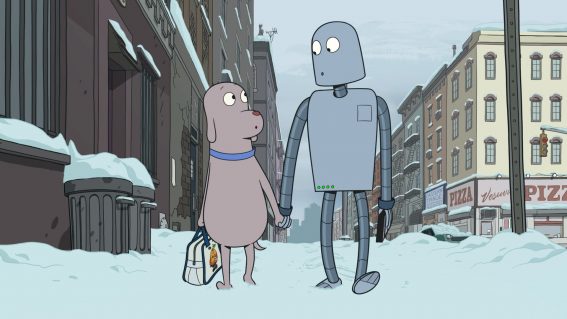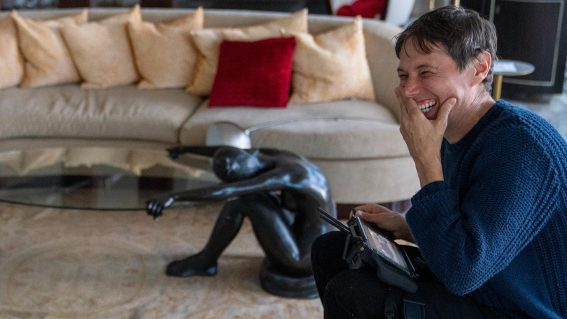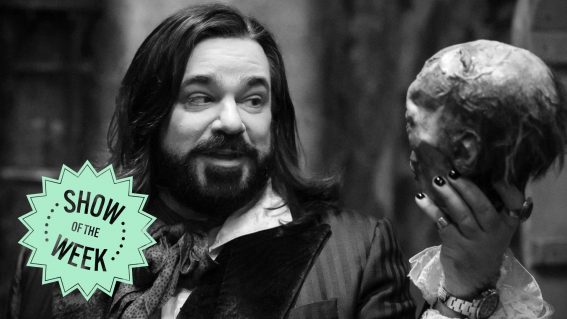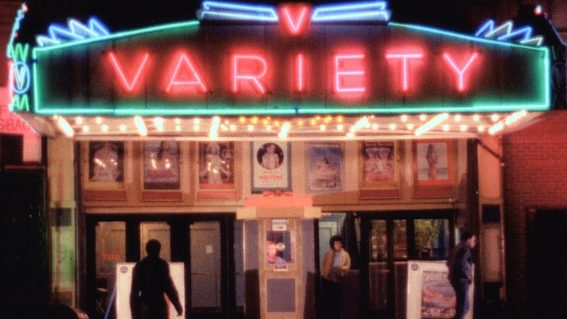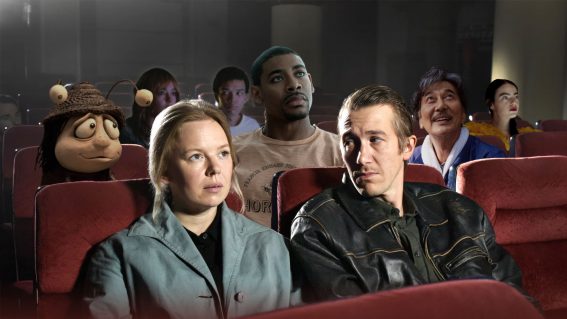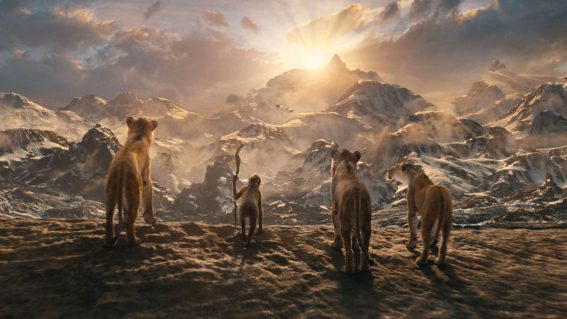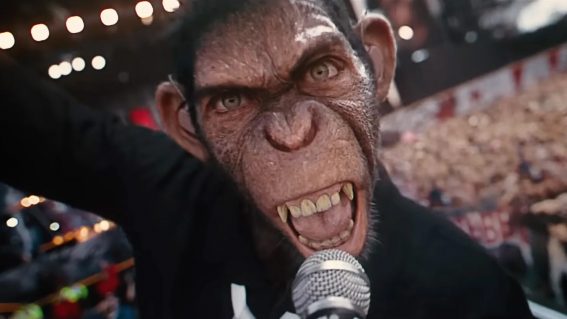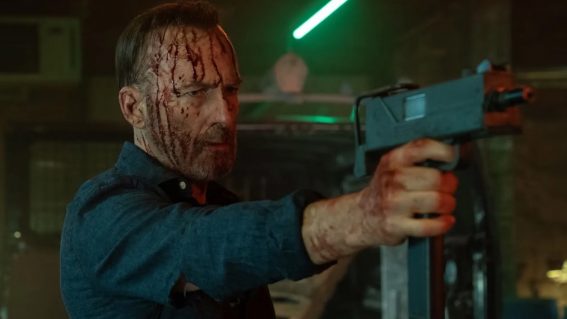25 years on, The Crow remains cinema’s greatest gothic fantasy
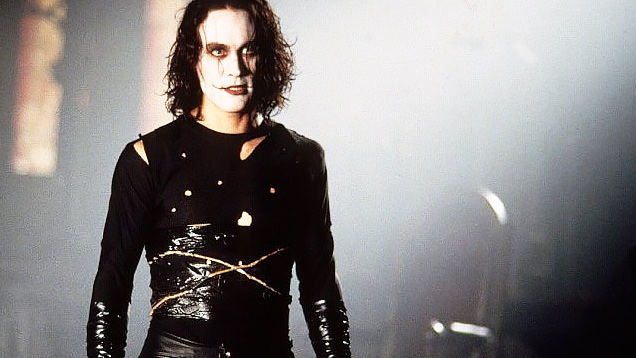
Made under unbearably tragic circumstances, The Crow is a wholly singular cinematic experience that combines lyrical romanticism, violent action and urban decay. Twenty-five years after its original release, the film still stands in all its rain-drenched gothic glory, writes Travis Johnson.
It’s been a quarter of a century since resurrected musician Eric Draven (Brandon Lee) stalked the benighted streets of an apocalyptic Detroit, meting out vengeance for the murder of himself and his fiancée Shelley (Sofia Shinas). Since its release in May of 1994, The Crow has birthed a string of increasingly forgettable sequels, an ill-conceived TV series (Mark Dacascos is only now getting back into our good books for that one) and ever-bubbling rumours of a remake, the latest of which was supposed to see Jason Momoa take on the mantle under the direction of The Nun helmer, Corin Hardy.
The Crow is steeped in tragedy and leavened with gallows humour – lest we forget, Draven’s in-movie band is named Hangman’s Joke. What we can’t forget, of course, is that Brandon Lee, making what is now accepted with 20/20 hindsight would have been a star-making turn, tragically died during filming when a prop gun malfunctioned and killed him, like the character he played, as he was preparing to marry his long-term girlfriend. The indie comic the film is based on, first published in 1989, was a cathartic work by writer and artist James O’Barr that helped him process the senseless death of his partner in a car accident. Death is an ineffable, essential part of The Crow, in a way that transcends mere theme or aesthetic. It’s beyond cult status. Approaching it from a critical angle seems weirdly blasphemous.
It’s difficult to conceive of a film that is so much of its time, and dependent so absolutely on a staggering number of congruent factors. The Crow is midnight lightning in a bottle – the right film at the right time, drawing on the right material, made under the right, unbearably tragic, circumstances. Looking back, it’s as though the world was waiting for a film like this to come along. The dark alternative subculture, burbling along nicely since the late 1970s, exploded into prominence in the film’s wake – no The Crow, no Marilyn Manson on MTV, and none of his dark and mascara-ed children either.
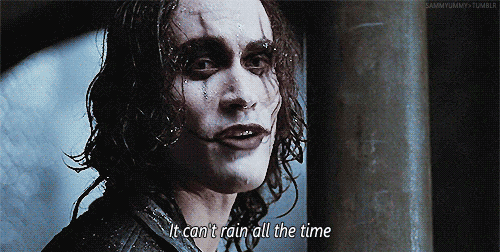
The soundtrack, released on vinyl for the first time this year as part of Record Store Day, speaks to that. Topped by The Cure’s “Burn”, it’s a perfect snapshot of the gloomier side of Lollapalooza and The Big Day Out, a tasting paddle of some of the best dark and heavy acts of the mid-‘90s. It’s even got Nine Inch Nails covering Joy Division, for crying out loud. If that isn’t a statement of intent, I don’t know what is.
Screenwriters David J. Schow and John Shirley, both veteran genre novelists, do an excellent job boiling down O’Barr’s sprawling, expressionistic, stunningly violent tone-poem of a comic into something more in line with the narrative sensibilities of cinema, bolting the book’s romantic and mythic mood onto a kill-your-way-up-the-ladder revenge plot. This plot eventually brings Draven face-to-face with mystic mob boss Top Dollar (a never better Michael Wincott) and his seeress sister/lover, Myca (Bai Ling in her first American film role), along the way slaughtering a roster of lesser villains played by the likes of Tony Todd (Candyman), David Patrick Kelly (Twin Peaks) and Michael Massee (Seven).
Elsewhere, Ghostbusters’ Ernie Hudson crops up as ally cop Albrecht, Coen brothers regular Jon Polito as doomed pawn shop dirtbag Gideon, and underappreciated character actor Anna Levine as redemption-bound junkie, Darla, who is mother to our street kid narrator Sarah (Rochelle Davis). Like the John Wick movies two decades later, The Crow’s self-serious mythology is sold by having it borne from the top-notch cast’s excellent performances.
That mythology is smartly and necessarily vague, presented as a kind of bleak urban fairy tale by Sarah in the film’s opening voice over narration: “People once believed that when someone dies, a crow carries their soul to the land of the dead. But sometimes, something so bad happens that a terrible sadness is carried with it and the soul can’t rest. Then sometimes, just sometimes, the crow can bring that soul back to put the wrong things right.”
That’s your lot – very little elaboration is offered, and we are trusted to take this on board and believe it for the film’s duration. Nothing else is needed; indeed, the magic is hamstrung when its repeated and complicated in the regrettable sequels the original film spawned.
The task of wrangling all this together fell to Australian filmmaker Alex Proyas, making his studio directing debut after a string of well-received shorts and music videos and his first feature, the 1988 Aussie indie Spirits of the Air, Gremlins of the Clouds. The Crow is unarguably Proyas’s best film (some people go to bat for Dark City. Valiant, but wrong), with the director working alchemy to combine lyrical romanticism, violent action, and soot-and-neon urban decay into a wholly singular cinematic experience. You can chart The Crow’s obvious cinematic and cultural influences (The Warriors, Death Wish, The Cure, Joy Division) and those it had influence on – Stephen Norrington’s Blade and Len Wiseman’s Underworld movies chief among them, along with any number of black-coated urban avengers. But in and of itself, it is unique.
And it casts a long shadow. If The Crow begat Blade, and Blade begat The X-Men and Spider-Man movies, then the entire current superhero glut can be laid at Eric Draven’s booted feet, even if they are largely bereft of the darkness and drama of their ghost-faced forebear. That’s an odd legacy for a low budget, darkly romantic revenger to leave, but the line between The Crow and The Avengers is a clear one, even if the success of the latter means there’s not much room in the cultural landscape for the former.
The seemingly Sisyphean ongoing effort to mount a remake is proof of that, with a jaw-dropping roster of filmmakers and mooted stars coming and going over the years. Momoa and Hardy aside, we almost had Stephen Norrington himself calling the shots, while at another point Rob Zombie pondered a cyberpunk, near future take on the character. Juan Carlos Fresnadillo (28 Days Later) briefly warmed the director’s chair, as did F. Javier Gutiérrez (Rings). Actors who were earmarked for Draven’s iconic greasepaint at one point or another include Mark Wahlberg, James McAvoy, Bradley Cooper, Luke Evans, Ryan Gosling, Tom Hiddleston, Jack Huston, and more. All fell by the wayside.
That’s probably for the best. Resurrection is a trick that really only works once, after all. The original still stands in all its rain-drenched, gothic glory. And while its influence is readily apparent in everything from Christopher Nolan’s Dark Knight trilogy to the gathering of the Juggaloes, it’s there to be emulated, not repeated.


